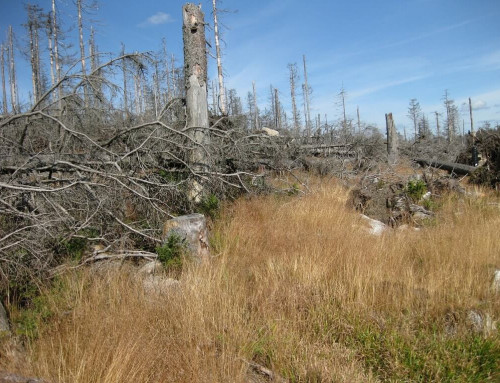
World population distribution. Image credit MediaWiki
ZIMSEC O Level Geography Notes: Population:Population distribution
- Population distribution is the spread of people over an area, country or region
- In the past population distribution was mainly influenced by natural factors such as soil fertility and the environment
- Whilst natural factors still play a role their effect has been lessened as humans are continually mastering the environment through research and technology
- Areas such as the northern parts of Zimbabwe (Zambezi Valley) are now inhabitable
- In the past these areas were uninhabitable due to tsetse flies
- Areas such as the Lowe-veld which is found on the southern parts of Zimbabwe were dry and susceptible to droughts
- People tended to shy away from populating these areas
- Due to technologies such as irrigation the areas are now inhabited and boast thriving irrigation schemes such as the Hippo Valley and Triangle estates
- Population density is the number of people living in a particular area – usually 1 square kilometre and
- it is typically calculated as total population divided by the total land area which they occupy.
- The world’s population is not distributed evenly across the land area
- There are physical/natural factors and human factors that determine how the world’s population is distributed
To access more topics go to the Geography Notes page.



